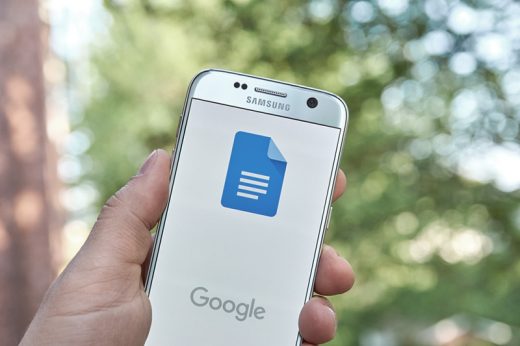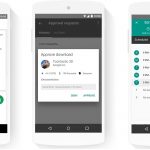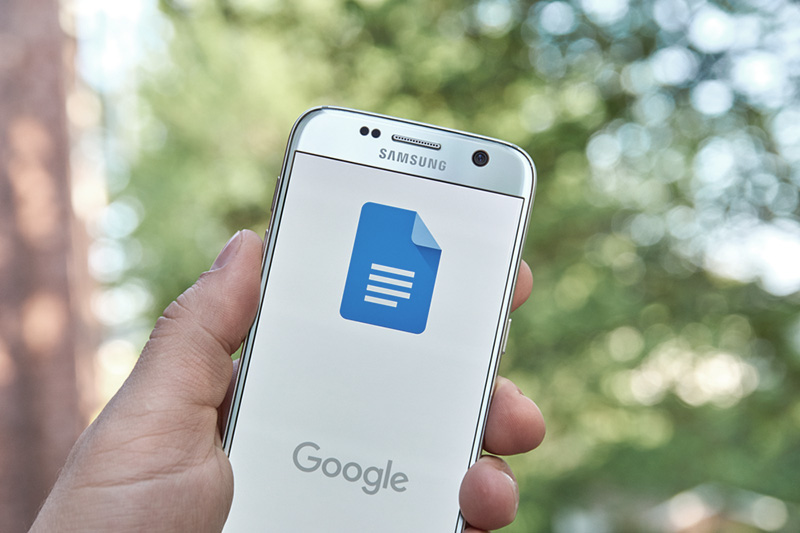New Google Help Document Clarifies Metrics
October 9, 2016

Google may seem like an enigma when it comes to understanding its algorithm, but short of actually explaining its secret formula, Google is actually fairly open about helping you understand what it looks for when evaluating sites.
The search giant provides regular feedback from its top executives and in information that it publishes on its blogs and help centers. It also provides extensive site analytics, as well as a Search Analytics Report that explains how well your site is performing.
Now, it has introduced yet another tool to help webmasters get more information about their sites so that they can improve performance in search. Here’s what you can find on the new Google help document:
Impressions Information
The new help document covers exactly what Google considers to be an impression and provides information about what situations must occur to count an impression.
For example, whenever a link appears in a search result, it counts as an impression, whether a user clicks on the link or not. However, if a link appears in a carousel, an impression will only be recorded when the user scrolls past the link.
Links appearing in a Knowledge Graph Card can be recorded by site or by page. If you are looking at data grouped by site on your Search Analytics Report, you will only get one impression for that site. However, if you are looking at data grouped by page, you will see an impression for each page listed in the card.
Each search element will appear differently, so it is worth reading the report fully and carefully to better understand this aspect.
Search Position
Search position is not always so simple. In fact, analyzing it is often quite complex.
There are many different types of search results that appear on the same page. For example, the blue links for pages on a site appear in a basic list on the search results page. However, a single listing on the page could be a carousel for results from accelerated mobile pages. Another listing could include multiple links on a Knowledge Graph Card. Each of those links would have the same search position.
The device type and screen size can also influence what search position a link has.
The appearance of items that have only query refinement links or that have no links at all can also influence the position of other items on the page. For example, a listing of thumbnails for image search would not have a search position, which means that the item below it would be the next counted position.
Any links that appear in the results must get an impression to have a search position recorded.
When you look at the position value on the Search Analytics Report, it is important that you understand these and other complex issues so you know what your data actually tells you about the performance of your site.
A position of 1 isn’t always the most valuable position. For example, a Knowledge Graph Card result has high visibility and big search impact. However, it will have a very low search position because the positions are read left to right and top to bottom.
Information about search positions and their values is quite complicated, so it is important that you read the full document to understand the information you are getting.
Data on Clicks
Basically, a click leading to another page counts as a click. But as with all things related to search, there are a couple of special situations that require additional explanation.
For example, if a user clicks a link from search, goes back to search results and then clicks on the same link later in the session, that is only going to count as one click. The user may have actually clicked on the link twice, but as far as Google is concerned, that second click was like pressing “play” after a visit had been on pause. The second click was not a new discovery.
Query refinements also will not count toward clicks. That means that if a user searches for “Seven Wonders of the World,” for example, and then clicks on one of the images that appears in the thumbnails at the top of search, that will not record a click. The reason is that clicking on that thumbnail actually opens up new search results — this time in image search.
If you think about query refinements, this makes sense. After all, who would the click be attributed to? The click leads to a list of search results that is provided by Google.
Reading your Search Analytics Report can help you get a much better sense of how your site is performing, and this new help document will ensure you are reading the data correctly. Dive into your search data and figure out where your site stands now so that you can make any changes that are needed.
Digital & Social Articles on Business 2 Community
(36)














